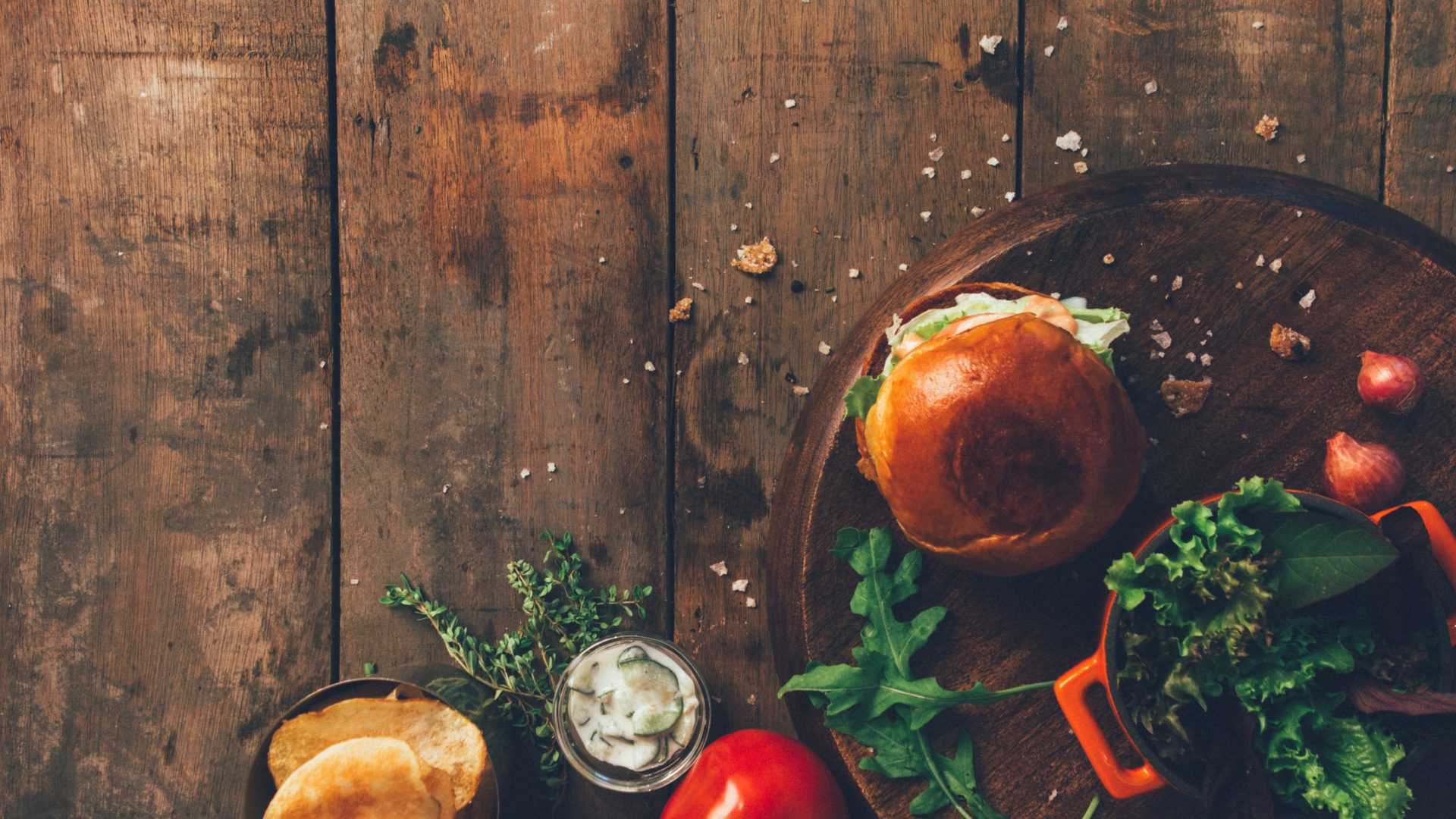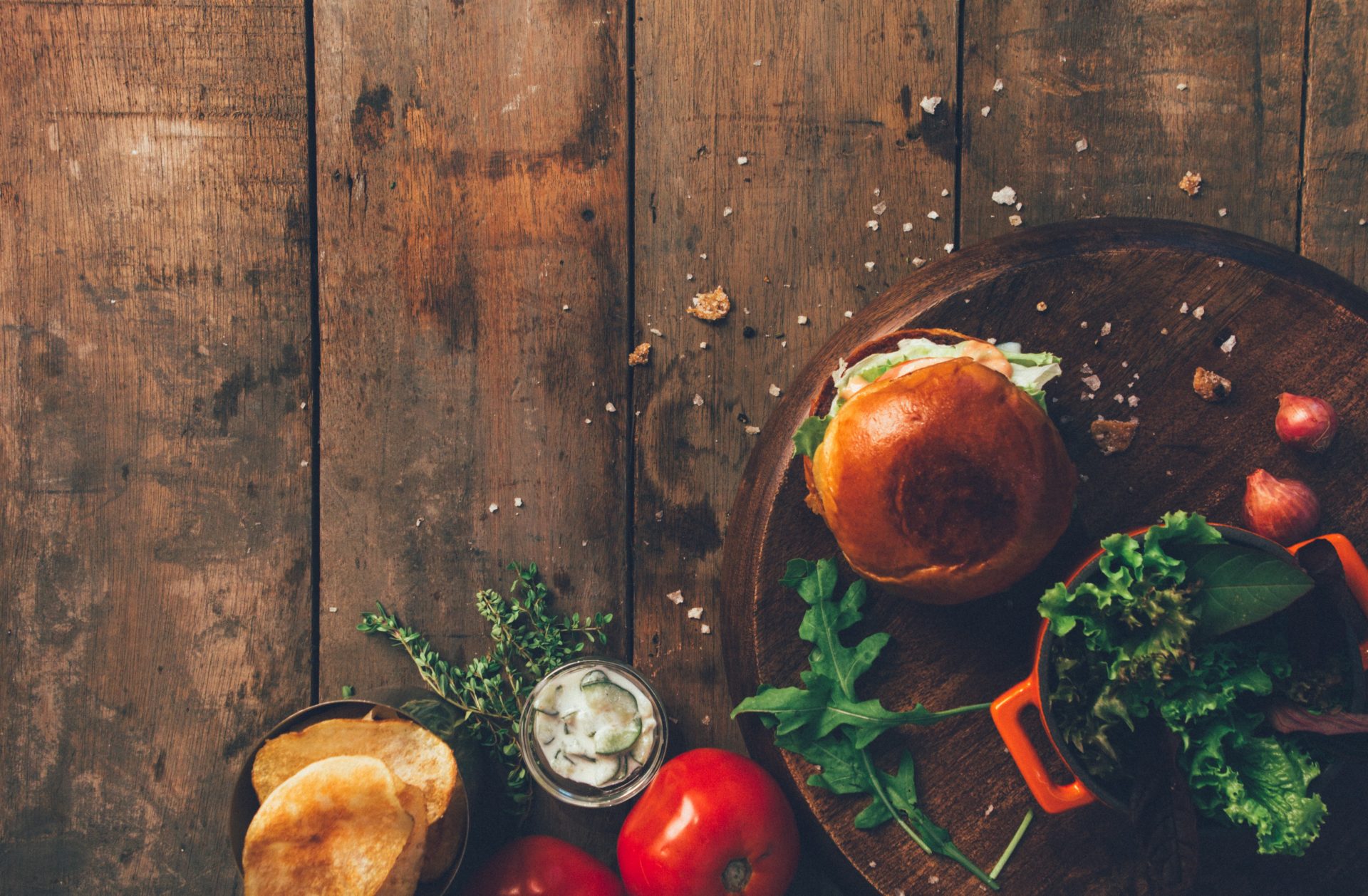
How much of the food you purchase from the supermarket each week goes to waste? For many of us, it’s much more than we would like. Fresh produce, in particular, can often end up in the bin before you’ve had a chance to use it, and over-enthusiastic portion sizes on plates mean that leftovers often end up not far behind it, too – but what is the true cost?
All foods generate greenhouse gases in order to reach our plates – whether during the farming process, in packaging, or during their journey to your local area – especially when coming from overseas and requiring transport by air. But with over a third of it ultimately discarded globally, each and every year, we could all be racking up a far greater carbon footprint than necessary and contributing even more to climate change in the process.
According to the Food and Agriculture Organisation (FAO) of the United Nations, if food waste were a country, it would be the third largest emitter of greenhouse gases after the US and China. A third of greenhouse gases emitted annually come from agriculture, and about 1.8 billion tonnes of the food produced from that is wasted.
The impact of your food waste doesn’t end once it arrives in the shops, either. In addition to the fuel you use to drive to the supermarket and buy it, the carbon dioxide emissions it continues to release as it rots and decomposes increases your impact even further – resulting in a detrimental impact on our Ocean.
Not all of the global food waste issue is down to the consumer, though – in fact, far from it. About a third of the world’s fruit and veg crops are rejected before they even make it onto the suopermarket shelf. Why? Because they are the wrong shape or size. Supermarkets want stock that looks good, and customers do, too.
Even so, we are not powerless to make a change, and if we were to all do our bit to reduce food waste, we could decrease global carbon emissions by 8%.
So, what could you be doing to reduce your food waste in your own home – as well as minimising your impact on our planet and the Ocean in the process?
Shop local
Head to your local greengrocer to stock up on fruit and vegetables, and your nearest butcher and fishmonger for meat and fish. Shopping locally not only reduces your carbon footprint by cutting down your travel time to get there, but it also reduces the ‘food miles’ travelled for your groceries to make it onto your plate. By buying food that is produced nearby, you’ll no longer be fuelling the demand for items shipped from overseas. Plus, you’ll be supporting the local economy and helping business owners to maintain their livelihoods – which in our book, is a win-win.
Buy only what you need
If you regularly find yourself discarding unused food items that have gone bad before you’ve had a chance to use them, then review your weekly shopping list and the way you cook. Try to shop smarter, buying only what you need – and opt to batch cook dishes such as chillis, curries and soups that will last you for several days, and be sure to eat up the leftovers for lunches and dinners throughout the week.
If you get home from the shops only to find that you’ve gone a little overboard, then immediately freeze any excess food. Freezing will preserve it until you need it, prolonging its life and reducing food waste.
Make use of scraps
Are you forever throwing carrot peels, potato skins and celery tops in the bin after cooking? Hold your horses, because there are other ways to make use of them. Vegetable skins can be boiled to make a tasty vegetable stock or soup.
Seeds and pits from fruit can be retained and planted to regrow your own produce at home, and leftover fresh herbs can be finely chopped and then frozen in ice cube trays to save for later.
If you’re willing to get creative, then there are heaps of ways you can make use of your scraps. And any that you can’t can be composted.


